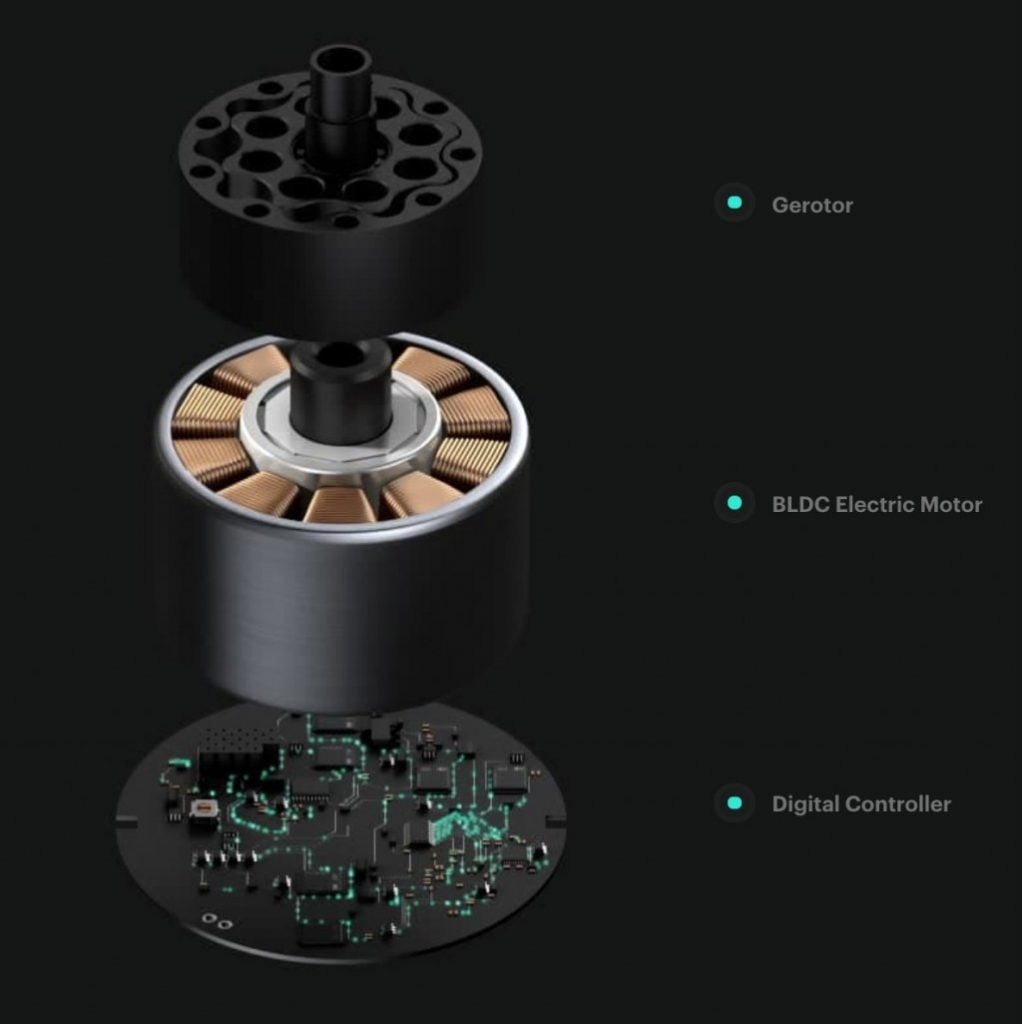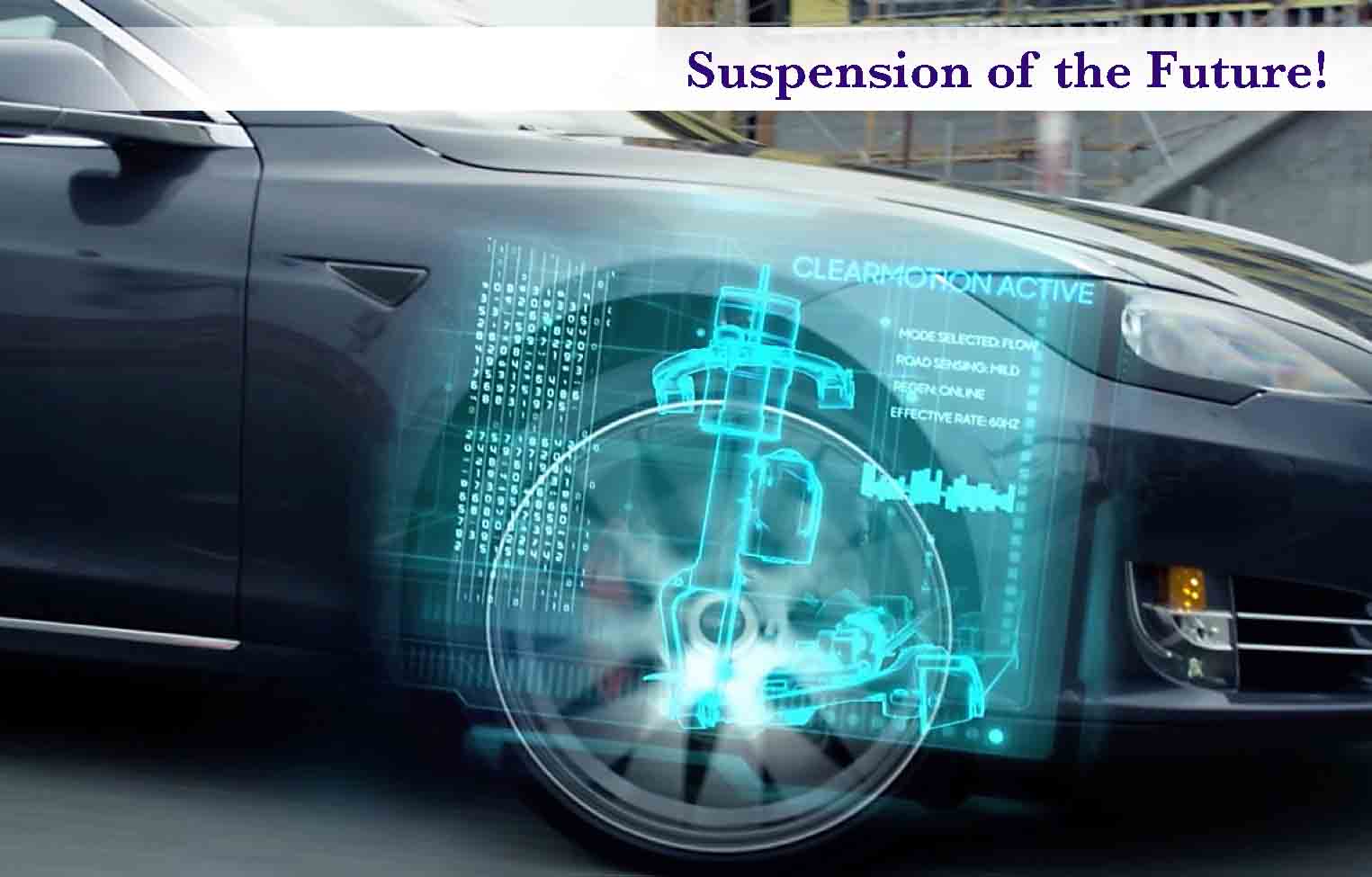In this edition of the Automobile Technolgy section, we shall discuss the working and advantages of ClearMotion Suspension Technology. As usual, the aim of this post is to explain to the readers, the complex technicalities of this suspension system in simple language for easy understanding. There have been plenty of innovative techniques used by automakers over the years to ensure high comfort levels for the passengers. As a result, the suspension system has seen many innovative ideas being in the application. One of these is the ClearMotion Suspension Technology. Let us discuss what the components, working and advantages of this are.
Also read: Working of a Carburettor using a transparent unit – Watch what happenss inside?
ClearMotion Suspension Components
Although the overall construction consists of a ton of electronics and mechanical components, they can be broadly classified into three main units. These are the Rotor, Electric Motor and a Digital Controller. As more and more electronic components are being used in vehicles these days, it is no surprise that this system has an electronic component. In fact, the electrical equipment is replacing the mechanical parts of the vehicles rapidly. This is due to the easy programmability and quick data processing characteristics of the electronics. Now, the purpose of a suspension system is to manufacture a comfortable ride for the passengers by absorbing the shocks due to the undulations on the road and keep the car stable during the cornering. Let us find out how these aims become achievable using the ClearMotion Technology.
Also read: Types of Chassis Frames – Monocoque, Ladder Frame, Backbone and Tabular!

Working
Working is the most essential and interesting aspect of this suspension system. Because there are multiple ECUs (Engine/Electronic Control Unit) in a car, they are capable of handling and processing large amounts of real-time data. Using this, the operating system of this ClearMotion Technology feeds the real-time road conditions as a navigation map to the ECU. It measures the undulations on the road to millimeters even before the car actually experiences the pothole. The Digital Controller sends the signal to the ECU informing it about the oncoming pothole.
Also read: Main Components of a 4-stroke IC Engine – Pistons, Valves, Camshafts, Crankshafts & More!
The ECU processes this information and sends out a signal to the Electric Motor of the suspension system. On receiving this signal, the electric current makes the rotors operational and the car is ready to deal with the potholes beforehand. This ensures that the passengers don’t feel the shocks from the road as much. Depending on the depth of the pothole, the electric current can be altered, which in turn, makes the suspension travel (or damping effect) variable.
Also read: What is Hydrogen Combustion Engines – Pros and Cons!
In the case of cornering, the navigation allows the ClearMotion Suspension to foresee a corner. Depending on the braking effect, acceleration and pressure on the vehicle during a corner, the digital controller sends the appropriate amount of current for the suspension system to lift the left/outside of the car (in the case of a right turn) slightly. This negates the force induced (body roll) due to the turn. This means that the car will remain stable while cornering as well. The passengers inside don’t get tossed around.
Also read: Front, Mid and Rear Engine Cars – Pros and Cons!
ClearMotion Suspension Advantages
- The overall construction is quite compact.
- Could be retrofitted to a lot of modern cars.
- Real-time variable suspension characteristics are poossible for improved comfort.
- Specially catered to autonomous vehicles due to high electronics already used in them and to provide comfort to the passengers.
- On-cloud storage and transmission allow for remembering the driving and road patterns.
Also read: What are SOHC, DOHC & OHV – Advantages and Disadvantages of each!



